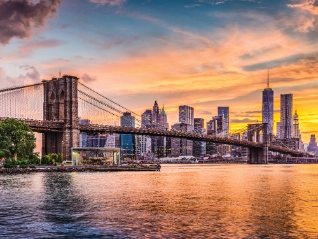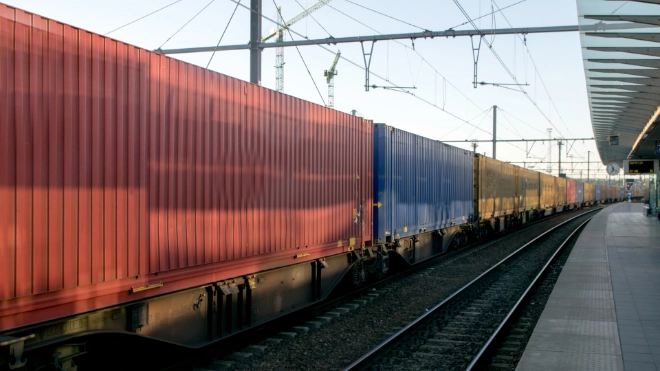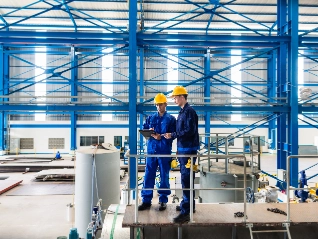
Actualités

Rapports

Ressources

Etudes de cas

Témoignages
Discover how the global economy is navigating trade tensions and uncertainty, with AI investment driving resilience and shaping growth prospects for 2026...


US tariffs, geopolitics and lower demand trigger a contraction of global automotive production in 2026


Pharmaceuticals businesses throughout the world are reviewing their operational and...

Chemicals production growth projected to slow in 2025/2026 due to US tariffs

US business response to shifting trade policies

Our survey of companies across Canada, Mexico and the US reveals that while trade credit use is expanding, businesses remain...
7 sur 161 affichés
Trade tensions, AI investment and geopolitical shifts dominate the global trade agenda. The key...


Our Q3 2025 Risk Map update underscores the widespread...

The President promised the return of millions of factory jobs, but rising investment pledges masks a mixed picture...

Closer ties could boost trade and create a functioning alternative to the misfiring WTO. But without...

While the deal brings a sigh of relief, unresolved details and...

Atradius Syndicate 1864 will focus on trade credit risks, initially targeting new and...

Businesses face increasing supply chain risk as geopolitical tensions, tariffs and...
7 sur 47 affichés


With the backing of Atradius’s resources, EnCom Polymers has been able to expand business with existing customers and go...

BVV GmbH grew internationally and recognised risks such as companies on the brink of insolvency in plenty of time to mitigate...

Atradius Surety has enabled Vinci Construction France to expand their sources of finance beyond their...

How we are part of Continental Banden Groep B.V.'s business process, minimising risk and supporting sales

Ben Green, President and Owner at...

As a successful business, L’Oréal Hong Kong wanted a partner that could help protect their regional interests and...


With the backing of Atradius’s resources, EnCom Polymers has been able to expand business with existing customers and go...

BVV GmbH grew internationally and recognised risks such as companies on the brink of insolvency in plenty of time to mitigate...

Atradius Surety has enabled Vinci Construction France to expand their sources of finance beyond their...

How we are part of Continental Banden Groep B.V.'s business process, minimising risk and supporting sales

Ben Green, President and Owner at...

As a successful business, L’Oréal Hong Kong wanted a partner that could help protect their regional interests and...
Omron has achieved sustainable growth while navigating the uncertainties of China-US trade relations and regional manufacturing transformation.


FERM (International) offers competitive payment terms and limits their credit risk to developing countries by using Atradius Dutch State Business (DSB) and...

El Ganso credits our support in helping the fashion brand grow from a domestic-focused Spanish startup to a successful international business.

By providing open dialogue, insight and valuable credit information we helped Brook Green Supply improve their internal credit...

Late payers prompted content marketing agency KMOdynamoo to take out an Atradius credit insurance policy and has resulted in better debtor management.

Our agility and local knowledge of worldwide markets and buyers are key reasons why textiles business Georg Jensen Damask say they collaborate...

Janson Bridging (International) uses export credit insurance from Atradius Dutch State Business (DSB) to offer favourable credit terms to customers...
7 sur 9 affichés
































